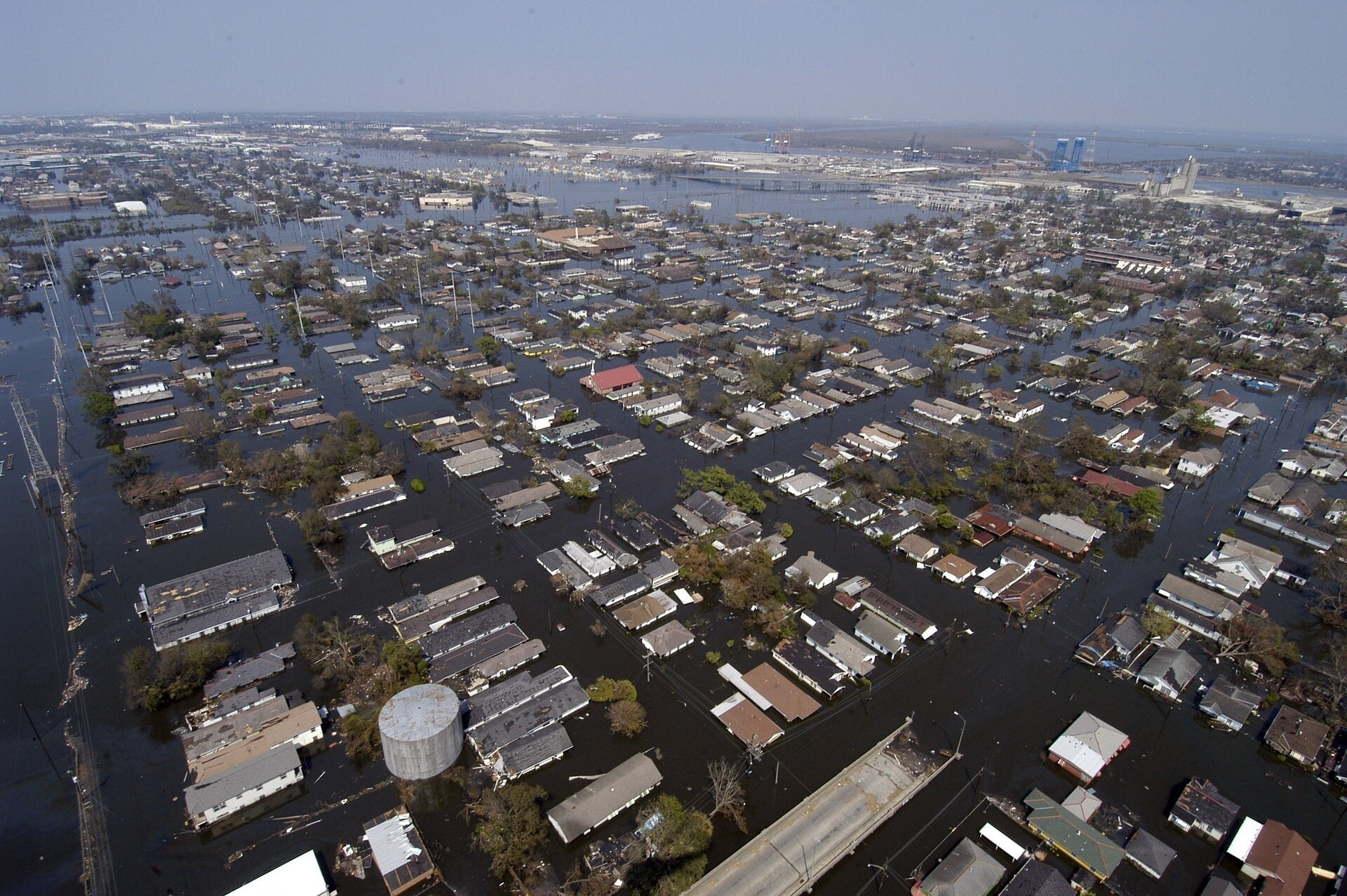What risks are keeping Asia’s business leaders up at night?

Image: REUTERS/Kim Kyung-Hoon

Get involved with our crowdsourced digital platform to deliver impact at scale
Stay up to date:
Global Risks
While the main concerns for business leaders in the Asia-Pacific continue to be economic risks, cyber security and socio-political instability also feature in the top-five risks as identified by executives in the region.
This is a key insight from the World Economic Forum's Executive Opinion Survey (EOS) 2016-2017, the results of which are also reported and analysed in-depth in Marsh and McLennan Companies Asia Pacific Risk Centre’s annual Evolving Risk Concerns in Asia-Pacific report.
Across both of Asia’s sub-regions (namely South Asia and East Asia and the Pacific), there has been little change in the top economic risks identified by executives in Asia. The high unemployment rate and energy price shocks have been consistently in the top-five, and this year is no different. These risks were further compounded by a slowdown in economic growth and uncertain prospects for international trade due to an increase in protectionist measures.

Concerns over high unemployment rates—considered the most important risk across Asia in 2016—have been particularly acute in South Asia coming into 2017, as job creation stagnation in India was predicted earlier in the year. Separately, risks related to the impact of Chinese market volatility on other Asian economies remain significant as reflected in the constant appearance of asset bubbles as a top risk for the East Asia and the Pacific region for each of the last three years.
The threat of large cyber attacks has significantly increased in importance in 2017. While cyber risks have historically been among the top-five risks for executives in East Asia and the Pacific, high-profile cyber attacks earlier in the year have prompted executives to pay closer attention to the potential damage these may cause. Most notable among these incidents is the WannaCry ransomware attack in May this year that has severely disrupted businesses in major Asian economies, with China, India and Vietnam reported to be among the 20 countries hit hardest globally.
Potential national governance failure has consistently featured as a top-five risk for South Asian countries over the past three years. This concern, however, is also shared by the wider Asia-Pacific region after the turbulent political wave of 2016, which was characterized by the rise of strongman leaders, notably in the Philippines and the US. This has caused businesses to worry more about rising authoritarianism, as well as waning governmental oversight and accountability in the long run.
These three branches of risks were previously discussed at length in Marsh & McLennan Companies Asia Pacific Risk Centre’s inaugural Evolving Risk Concerns in Asia-Pacific report.
The findings of the EOS, however, should be examined against the backdrop of ongoing major risk trends in Asia. Rising economic inequality, mounting demographic pressures, persistent international security concerns, complex global economic transitions, environmental risks and further technological advances are the six interrelated trends that are now acutely felt across the Asia-Pacific region. The chart below shows several potential risk scenarios where some of these trends have caused significant economic damage to businesses. Consequently, executives will need to pay close attention to these developments to respond swiftly and appropriately.

Businesses need to anticipate the potential disruptions caused by rising economic inequality, including the likely strain on labour relations that would cause increases in strikes and protests. Accordingly, businesses should focus on maintaining labour relations and implementing talent management programs. Existing pension structures may need to be revamped to help prepare for the impact of technology on the future of jobs and an increasingly ageing workforce.
Companies should safeguard against disruptions from rising protectionism, such as sudden changes in trade policies, taxes or tariff regulations. Ongoing international political developments should be observed closely and corresponding preventative measures (such as developing contingency plans, insulating investments and ensuring risk transference through political risk insurance) should be implemented.
Environmental risks continue to increase in likelihood and impact, and pose a major threat to global supply chains. Simultaneously, the growing focus on environmental and climate concerns from both Asian governments and the private sector has also brought about new market trends that represent significant investment opportunities. Consequently, businesses will not only need to insure against and prepare for disruptions, but also understand the implications for their business from changing customer and regulatory views on environmental issues, notably climate change and sustainability.
While the Fourth Industrial Revolution and the incredible speed of technological advancement can greatly benefit businesses, executives should also be wary of the wide-ranging disruptive effects new technologies can bring. Businesses will have to mitigate a wide range of future market disruptions, including deployment risk, cyber security issues, unknown liabilities and the changing nature of work.
In this complex risk environment, two major risks stand out. The first is the ongoing trade risks facing international businesses in an era of rising protectionism. While President Donald Trump’s administration has outlined its intention to scale back or renegotiate the terms of global trade in recent months, tariffs and other protectionist measures have actually been on the rise since 2009. Importantly, this trend shows no signs of abating. This issue is further compounded by the ongoing economic transitions in Asian countries including China, India and members of the ASEAN bloc.
The second significant risk relates to the future of work. A combination of technological advancement (for example, automation, big data-centric work and the tech-enabled 'gig economy'), a rapidly ageing society and straining labour relations stemming from rising economic inequality presents a difficult problem for human capital departments across Asia. Business leaders have to answer complex questions on how to recruit and retain talent, how to maximise workforce capabilities while maintaining good labour relations, how to design training and re-skilling for employees in a tech-driven economy, and how to design sustainable pension systems to take care of their older workers.
The global political landscape continues to be plagued with uncertainty, resulting in a reality where business executives find it increasingly difficult to distill global complexities down to implications for their own organisations. As such, business leaders may find it helpful to have a list of guiding questions tailored to specific departments—such as that provided in the 2017 edition of the Evolving Risk Concerns in Asia Pacific report—to aid them in assessing the risks their companies face and to implement appropriate measures.
Don't miss any update on this topic
Create a free account and access your personalized content collection with our latest publications and analyses.
License and Republishing
World Economic Forum articles may be republished in accordance with the Creative Commons Attribution-NonCommercial-NoDerivatives 4.0 International Public License, and in accordance with our Terms of Use.
The views expressed in this article are those of the author alone and not the World Economic Forum.
Related topics:
The Agenda Weekly
A weekly update of the most important issues driving the global agenda
You can unsubscribe at any time using the link in our emails. For more details, review our privacy policy.
More on Global RisksSee all
Gareth Byatt and Ilan Kelman
March 11, 2024
Andrea Willige
March 6, 2024
Richard Aster
November 15, 2023
Ian Shine and Rebecca Geldard
November 14, 2023
Andrea Willige
October 26, 2023
Simon Torkington
September 14, 2023






